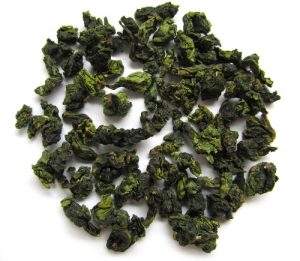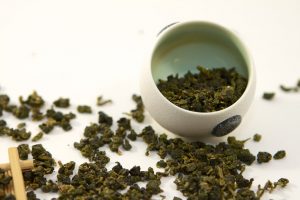Winter Oolongs from Vietnam
 Winter Oolongs from Vietnam
Winter Oolongs from Vietnam
Only the tea enthusiasts will understand how much care goes in from growing a tea bush to having it processed in the packets. The aromatic flavour of winter oolongs from Taiwan are not hidden from the world. Although the spring harvests have been known to be dominating the market but the winter oolongs have a distinct taste than them. The tea bushes from the winter harvest remain untouched from the sun rays. Winter harvest is lower than the spring harvest so the winter oolongs cost more than both the summer and spring harvests.
Vietnam is the 5th largest exporter of tea. It specializes in a variety of teas, oolongs being its speciality. Vietnam boasts of some of the most exotic winter teas such as Shan Tuyet also known as Snowy Shan Tea because of the silver Pekoe hairs on the flower bud.
The winter oolongs are known for their exceptional after taste. They are known for their sweet and floral taste. Also famous in the area is the Light Roast Jin Xuan High Mountain Ooland Tea. The flavour is vegetal, smooth, thick and also has a nutty flavour.
Which Region in Vietnam is Famous for Winter Tea’s
The regions that make up Viet Bac in the northwest such as Yen Bai, Bac Can, Ha Giang, Cao Bang, Tuyen Quang and Lao Cai is where the winter teas are harvested. The region is full of uneven and steep hills.
The region is far from pollution and the atmosphere is fresh and cool. Winter oolongs are mildly oxidized so their freshness and crisp flavour is retained. The taste of the winter oolongs is quite distinct and taste creamy and have a milky texture.
Plucking is not an easy job here besides the cold temperatures the land is extremely steep, almost vertical. Every pluck consists of the end of entire stem along with 3 to 4 leaves attached. The pluckers cannot get many plucks from a bush. This is why the harvest is quite less.
What is so Different About the Winter Oolongs
After the Autumn harvest the rainfall goes down and the climate becomes dry. The temperature begins to fall and the sun hides away. The leaves grow quite slow and the dry and cold weather leads to a longer and slow growth of the tea thereby giving a subtle and fresh harvest. It is this dormant and slow growth that lets the plant hold all its goodness. In their dormancy they absorb more minerals and nutrients, so prepare themselves for the summers. Winter oolongs contain less of both polyphenols and amino acids. This is why the oolongs from winter harvest are sweeter compared to harvests from other seasons. The amino acids make the leaves sweet, chewy and creamy. Growers ensure that the winter harvest teas are handled with care and ensure that the leaves are not broken. They are much in demand in the country and in international markets.
 Right Way to Brew Winter Oolongs
Right Way to Brew Winter Oolongs
A temperature between 88°c and 91°c is considered to be the best oolong. Gongfu and Beaujolais style of brewing are the best for winter oolongs. Six grams of tea should be steeped for 40 to 45 seconds. Brewing three grams of oolong for about two minutes will give you a floral and sharp taste. Winter oolongs or Mountain oolongs are one of the finest teas that you can find in the market. The winter flush is for those who understand the value of this rare harvest. Winter oolongs are special and they will not fail your taste test if brewed correctly.
